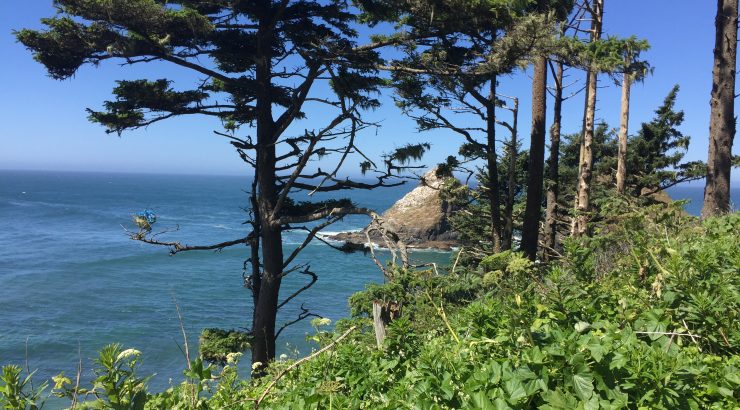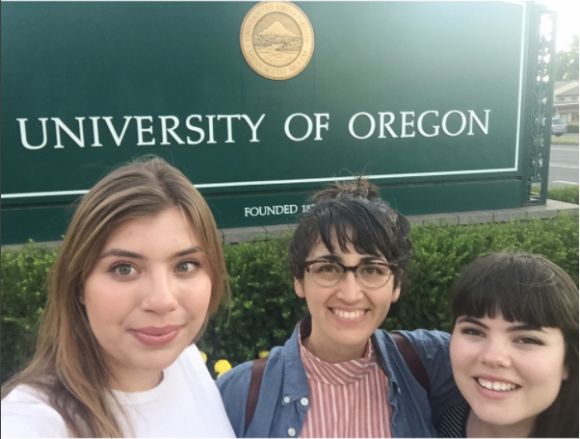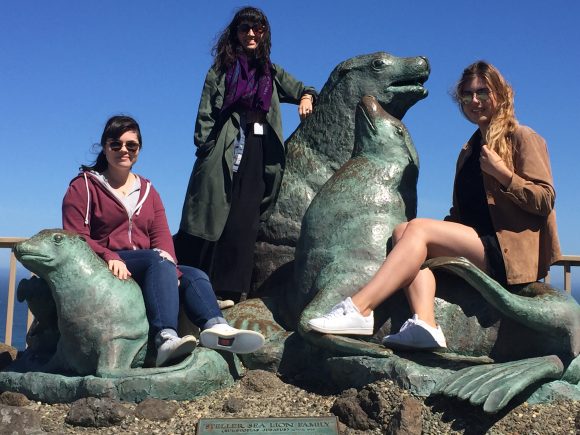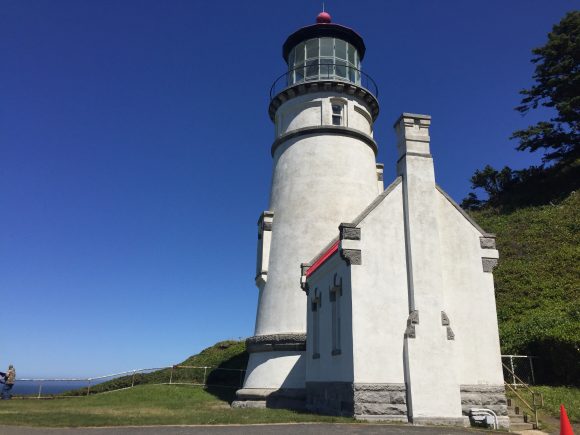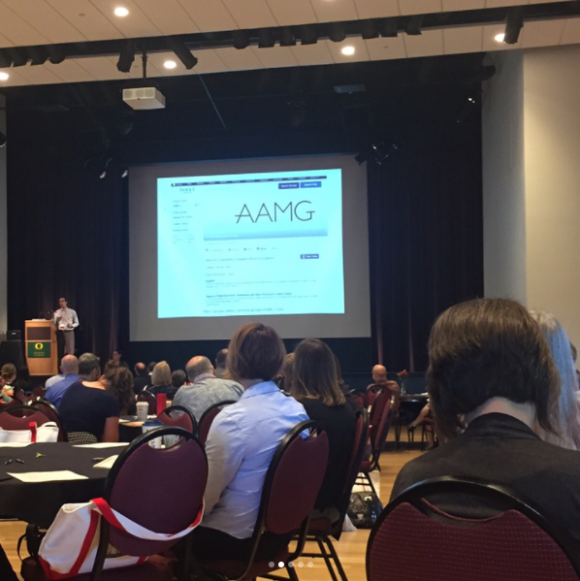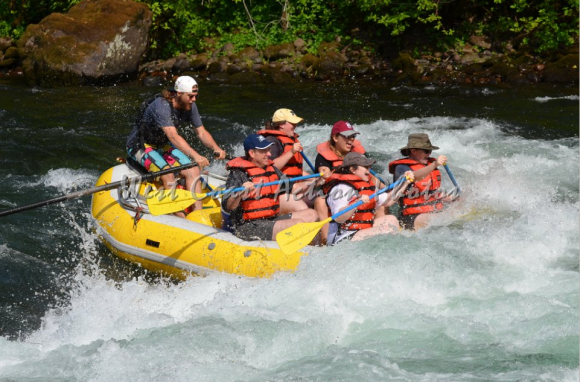2017 Association of Academic Museums and Galleries Conference An Educational Art Collections Summer Adventure!
July 13, 2017
What’s the Art Collections Department’s idea of summer fun? The 2017 Association of Academic Museums and Galleries Annual Conference at the University of Oregon in Eugene!
The Association of Academic Museums and Galleries (AAMG) is the leading organization for academic galleries, museums, and collections. It was founded as an educational and academic community that addresses the unique challenges and opportunities experienced by academic museums. Like other museums, academic museums and galleries serve as cultural and educational centers for their respective communities; but they are different in the sense that they are the training ground for the next generation of museum professionals, are a center for interdisciplinary discussion, and often serve a variety of functions on a university campus.
For the past three years, the Art Collections Department has been a proud member of AAMG, and we were thrilled to bring two of our student workers to this year’s annual conference. Both senior Art History undergrads, Jessica Bocinski and Manon Wogahn have worked and volunteered with Chapman’s art collections for over two years and joined Natalie Lawler, curator of collections, for this unique professional development experience in Oregon. Jessica was able to attend thanks to a student scholarship from Four Color Print Group, and Manon was supported by generous funding from the Escalette Endowment.
At the AAMG conference, our team was able to learn, discuss, and share with other academic museum professionals. This year’s conference was aptly titled “Why Museums Matter: The Teaching Museum Today.” Faced with reduced government funding, the question of why museums matter has perhaps become more important to answer than ever before. We were inspired to find that museum professionals across the country have taken this challenge head-on with more innovative and resilient solutions than ever before.
During our first full day at the conference, we were able to join group excursions to museum and culture sites around Eugene before reconvening for sessions at the university. In other words, we explored the great outdoors of Oregon! We travelled to the Oregon coast where we visited sea lion caves and the Heceta Head Lighthouse. This was a great way for us to get to know some of the other conference attendees while doing some serious sightseeing (and reading lots of wall labels)!
The second and third days of the conference, we attended back to back sessions and lectures on topics such as academic museums as incubators of research, teaching art with objects, negotiating gifts, and developing professional development programs. This part of the conference felt like being in a giant think tank, with professionals from academic museums all around the world coming together to collectively solve the problems that we face everyday. We were also able to attend both of the keynote speakers: Dustin Growick from Museum Hack who gave us some tips to jazz up our tours, and Wendy Red Star, whose creativity and individuality are inspiring.
Jessica Bocinski (’18): My favorite session was “University Museum as Collaborative Teaching Partner: Working with Artists and School Districts to Enhance Art Education.” It was the perfect balance of describing personal experiences while also establishing a more general model that other museums can implement. The panel included people from all sides of museum programming including a teacher, museum educator, artist in residence, and a school district representative. I was inspired by the clever way that academic museums and school districts are teaming up to get arts education back into public school through buzz words like ‘visual literacy’. It was heart-warming to hear about the students who loved learning about art and were able to improve in their other subjects, such as writing, through art-based learning. I think that there are a lot of ideas that we can put into place to strengthen our support of arts education in the schools of Orange County.
Manon Wogahn (’18): I enjoyed the session on student-curated exhibitions. Though we already have experience with this topic (our exhibitions 1:1: Pairings from the Escalette Collection and To Arms: The Western Front, 1914-1918 were both student-curated), it was fascinating to see how other universities were involving their students. I learned more about digital curation, where students curated exhibitions in an online space rather than in a physical location. I found this interesting not only because it allows for a much wider audience of an exhibition, but also because it gives students a chance to work with the university collection in a curatorial capacity, even if a traditional exhibition isn’t possible.” One of my favorite sessions was “The University Museum as Collaborative Teaching Partner,” which primarily focused on educational relationships between the university museum and the surrounding community and schools. During my time with the art collections at Chapman, I have had opportunities to work with high school students on projects relating to the Escalette Collection, and I would love to see this work expand in the future to include a wider audience of K-12 students. This session recommended open-ended questions, visual evidence, and storytelling as just a few possible methods of teaching younger children about art and visual culture. In this time where arts programs are being drastically reduced (if not entirely cut), it’s becoming increasingly important to show the continuing relevance and immense value of cultural and visual literacy.
During our last day in Oregon, we went white water rafting on the McKenzie River. It was one of the hottest days of our stay, so the waves of cold river water were a refreshing surprise. During one of the pit stops down the river, Jessica even got to jump off a giant rock into the water! The Marten Rapids were the big finale of our rafting adventure and helped ensure that there was not a dry spot to be found!
All text and images under copyright. Please contact artcollections@chapman.edu for permission to use. Information subject to change upon further research.
